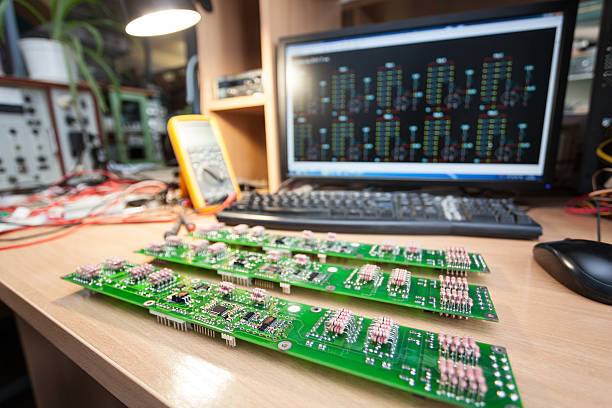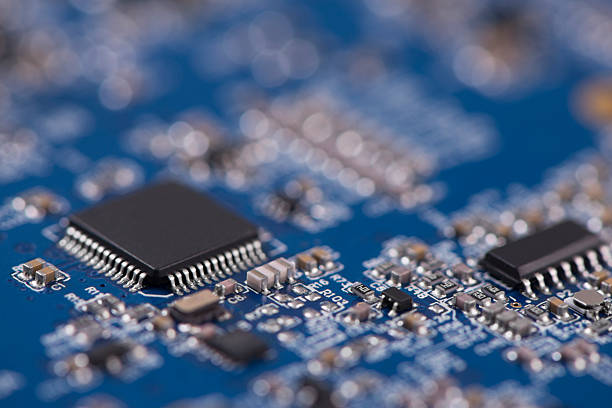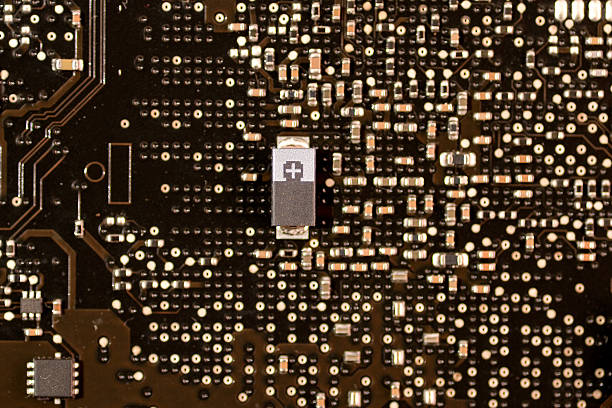Content Menu
● Understanding Surface Mount Devices
● Why You Need a Surface Mount Device Organizer
● Types of Surface Mount Device Organizers
>> Drawer Organizers
>> Compartmentalized Boxes
>> Stackable Organizers
>> Magnetic Organizers
>> Wall-Mounted Organizers
● Top Surface Mount Device Organizers
>> Aidetek Surface Mount Components Organizer
>> Akro-Mils 10144 Plastic Storage Bin
>> Plano 1363 Stowaway Organizer
>> Stack-On 22-Compartment Organizer
>> Husky 22 in. Tool Organizer
● How to Choose the Right Organizer
● Conclusion
● Related Questions
>> 1. What are surface mount devices?
>> 2. Why is organization important for surface mount devices?
>> 3. What features should I look for in a surface mount device organizer?
>> 4. Can I use regular storage boxes for surface mount devices?
>> 5. How can I maintain my surface mount device organizer?
In today's fast-paced world, the organization of electronic components, particularly surface mount devices (SMDs), is crucial for both hobbyists and professionals in electronics. Surface mount devices are compact and can be challenging to manage without the right tools. This article explores the best surface mount device organizers available, helping you choose the right one for your needs.

Understanding Surface Mount Devices
Surface mount devices are electronic components that are mounted directly onto the surface of printed circuit boards (PCBs). They are smaller than traditional through-hole components, allowing for more compact designs and higher circuit densities. However, their small size can make them difficult to handle and organize. This is where effective surface mount device organizers come into play.
Why You Need a Surface Mount Device Organizer
Having a dedicated organizer for your surface mount devices can significantly enhance your workflow. Here are some reasons why investing in a good organizer is beneficial:
1. Efficiency: Quickly find the components you need without rummaging through drawers or boxes.
2. Protection: Prevent damage to delicate components by keeping them securely stored.
3. Space Saving: Organizers can help maximize your workspace by keeping everything neatly arranged.
4. Inventory Management: Easily track your components and avoid over-ordering or running out of essential parts.
Types of Surface Mount Device Organizers
When selecting a surface mount device organizer, consider the following types:
Drawer Organizers
These organizers feature multiple small drawers, each capable of holding various SMDs. They are ideal for those who have a large inventory of components. The drawers can be labeled for easy identification.
Compartmentalized Boxes
These are portable boxes with removable trays or compartments. They are perfect for hobbyists who need to transport their components to different locations. The compartments can be adjusted to fit different sizes of SMDs.
Stackable Organizers
Stackable organizers allow you to save space by stacking multiple units on top of each other. They often come with clear lids, making it easy to see the contents without opening each box.
Magnetic Organizers
For those who work in environments where components can easily get lost, magnetic organizers can be a great solution. These organizers use magnets to hold SMDs in place, preventing them from rolling away.

Wall-Mounted Organizers
If desk space is limited, wall-mounted organizers can be an excellent choice. They keep components off your work surface while still being easily accessible.
Top Surface Mount Device Organizers
Here are some of the best surface mount device organizers currently available:
Aidetek Surface Mount Components Organizer
This organizer features multiple compartments and is designed specifically for SMDs. It includes removable trays and sliding drawers, making it versatile for various component sizes.
Akro-Mils 10144 Plastic Storage Bin
This organizer is perfect for those who need a robust solution. It features clear bins that allow for easy visibility of components. The bins are stackable, making them a great space-saving option.
Plano 1363 Stowaway Organizer
The Plano Stowaway is a popular choice among hobbyists. It has adjustable dividers, allowing you to customize the size of each compartment. Its portability makes it ideal for taking to workshops or events.
Stack-On 22-Compartment Organizer
This organizer is designed for small parts and features 22 compartments. It is wall-mountable, which is perfect for saving desk space. The clear lid allows for easy identification of components.
Husky 22 in. Tool Organizer
While primarily a tool organizer, the Husky model is versatile enough for SMDs. It features a large number of compartments and is built to withstand heavy use, making it a durable choice.
How to Choose the Right Organizer
When selecting a surface mount device organizer, consider the following factors:
- Size of Your Collection: Choose an organizer that can accommodate your current inventory and allow for future growth.
- Portability: If you frequently move your components, opt for a lightweight and portable option.
- Visibility: Clear compartments or lids can help you quickly identify components without opening each section.
- Durability: Look for organizers made from sturdy materials that can withstand regular use.
Conclusion
Choosing the right surface mount device organizer can greatly enhance your efficiency and organization in handling electronic components. Whether you need a portable solution for hobby projects or a robust organizer for professional use, there are plenty of options available to suit your needs. By investing in a quality organizer, you can ensure that your surface mount devices are stored safely and are easily accessible when you need them.

Related Questions
1. What are surface mount devices?
Surface mount devices are electronic components designed to be mounted directly onto the surface of printed circuit boards, allowing for more compact designs.
2. Why is organization important for surface mount devices?
Proper organization helps prevent damage, improves efficiency, and allows for better inventory management of components.
3. What features should I look for in a surface mount device organizer?
Look for size, portability, visibility, and durability when selecting an organizer.
4. Can I use regular storage boxes for surface mount devices?
While you can use regular storage boxes, dedicated organizers are designed to protect and efficiently store SMDs.
5. How can I maintain my surface mount device organizer?
Regularly clean the organizer, check for damaged components, and ensure that everything is labeled for easy access.




















